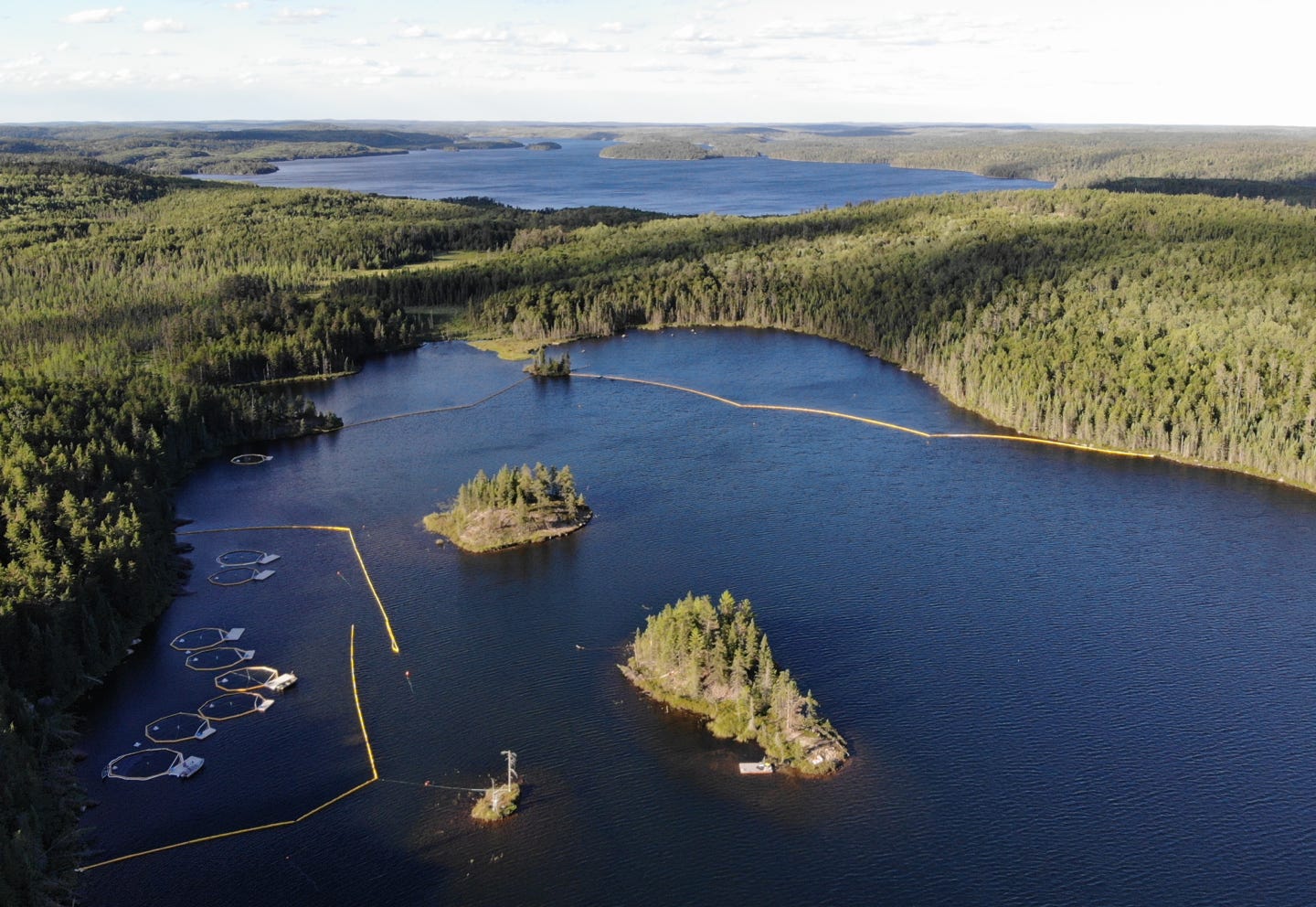
Assessing the impacts of oil spills at the IISD Experimental Lakes Area
The BOREAL Project is a landmark study to examine the effects of an oil spill on lakes in northwestern Ontario.
Canada’s economic development depends, in part, on efficient transport of its landlocked oil resources to global markets. Pipelines are considered to be the safest mode of transporting Canada’s oil; nonetheless, the potential for spills, in a growing network of pipelines, is a significant concern for Canadians. While oil transportation and spill response are relatively mature fields, the diluted bitumen (dilbit) transported through pipelines from the Alberta oil sands is very different from traditional crude oils. In 2015, The Royal Society of Canada tasked a group of expert oil scientists to develop a report that outlines the gaps existing in the current state of knowledge surrounding diluted bitumen and its behaviour in the environment. The report outlines a number of research needs, however the recommendation of highest priority was to perform “field trials to define the behaviour of diluted bitumen and unconventional crude oils under various seasonal and site conditions relevant to Canada”. The panel emphasized the need to gain further understanding of how diluted bitumen evaporates, emulsifies, disperses, sinks, and biodegrades in the event of a freshwater spill.
To address these research needs, our lab is part of a research program to assess the impacts of diluted bitumen on lakes in a major experiment. The program, called the “Boreal Oil Release Experiment by Additions to Limnocorrals (or BOREAL) project consists of adding dilbit to a series of nine large 10-meter diameter enclosures. We conducted this unprecedented project at the world-renowned IISD-Experimental Lakes Area in northwestern Ontario near Kenora, a facility consisting of 58 lakes set aside in 1968 for whole-ecosystem experimental research. This research would not have been possible without the involvement of our federal partners who helped us navigate the challenges involved in doing such an unprecedented experiment.
Our program had four major themes: (1) to track the physical and chemical fate of the dilbit as it weathers in a natural aquatic environment; (2) to examine the effects of dilbit on the aquatic ecosystem; (3) to do bioaccumulation studies of chemicals from dilbit to fish, amphibians, and invertebrates; and (4) to determine the toxicity of dilbit on aquatic organisms.
Media related to this story
Canadian Geographic – July 17, 2019
